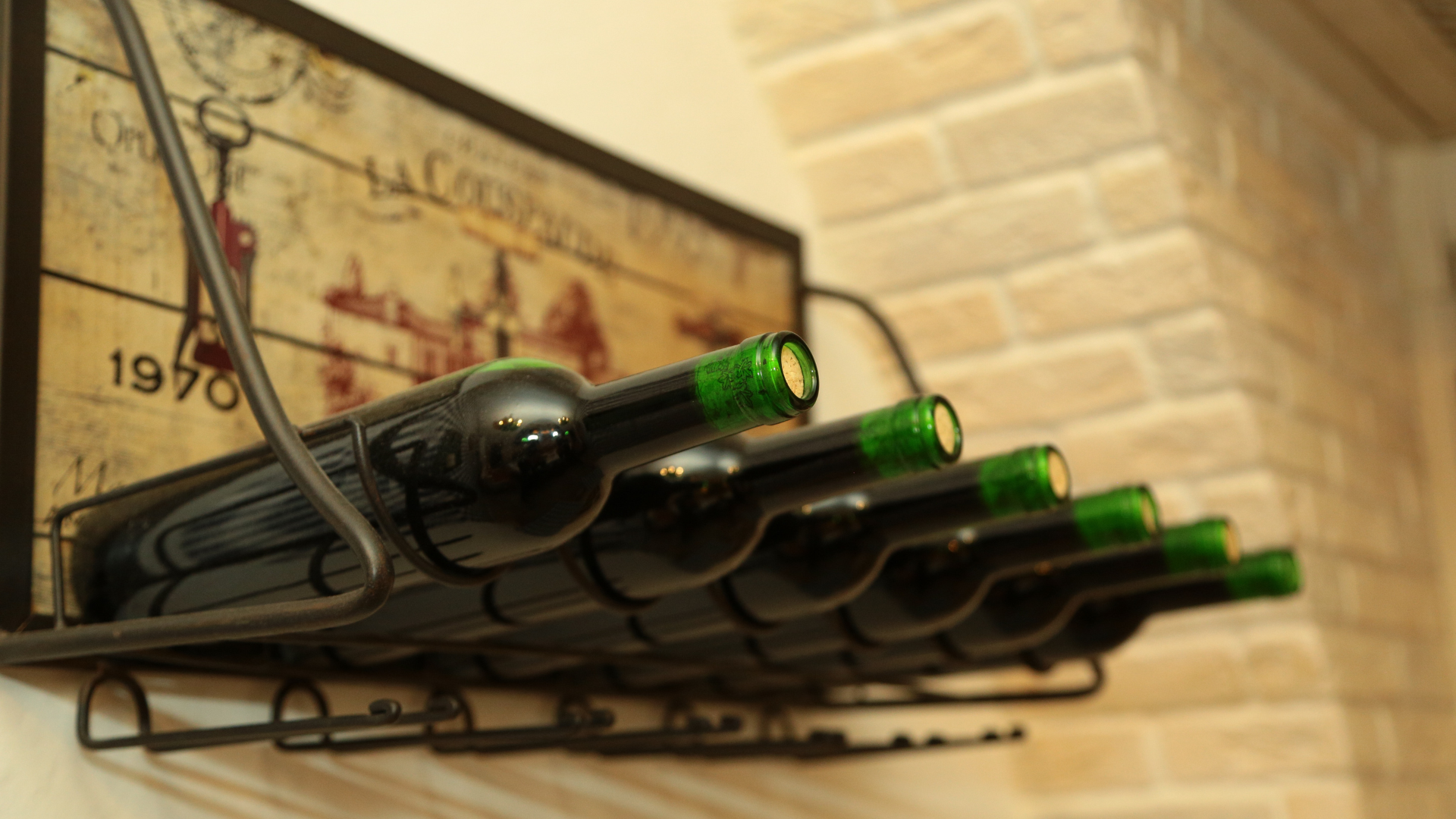Sure, you might think that a bottle is just a bottle. But in the world of wine, every detail matters, including the choice of packaging. And when it comes to antique green bottles, there’s a lot more going on than just aesthetics. Whether you’re a winemaker, a sommelier, or someone who simply enjoys a good glass of wine, understanding why this color remains a staple is not only interesting but also enlightening.
The Tradition Behind Antique Green
Let’s kick things off with a bit of history. Antique green wine bottles have been a part of the winemaking process for centuries, and their use can be traced back to the early days of glass production in Europe. The shade itself wasn’t originally a choice; it was a byproduct of the materials used in glassmaking at the time. Iron impurities in the sand gave the glass its distinctive green hue. Rather than discarding these bottles, winemakers embraced them, and over time, antique green became synonymous with quality wine.
In the past, glass was expensive to produce, so wine was often stored and transported in barrels. But once green bottles became more readily available, winemakers started using them as a more efficient and effective way to preserve their product.
Protection From Light
One of the most critical reasons winemakers continue to favor antique green bottles is the protection they offer. Wine is sensitive, particularly to light, and exposure to sunlight or fluorescent light can lead to what’s known as “lightstrike.” This occurs when UV rays penetrate the bottle, causing chemical reactions in the wine that can lead to off-flavors, particularly in delicate white wines and rosés.
Antique green glass acts as a shield, significantly reducing the amount of UV light that can reach the wine inside. This protection ensures that the wine maintains its intended flavor profile, even after spending months or years in storage. While other colors of glass, like clear or blue, might look more modern or stylish, they simply don’t offer the same level of protection.
For winemakers, preserving the integrity of their wine is paramount. After all, no one wants to invest time and resources into crafting the perfect wine, only for it to be spoiled by something as preventable as light exposure.
Aesthetic Appeal and Branding
Let’s not ignore the visual side of things. Antique green bottles have a timeless, elegant appearance. They convey a sense of tradition and quality, something that many winemakers want to communicate to their customers. When you see a bottle of wine in that classic green, there’s an instant association with heritage and craftsmanship.
For businesses, the color of the bottle can play a significant role in branding. Wine is often more than just a drink; it’s an experience. From the label design to the shape of the bottle, everything contributes to the overall perception of the product. Antique green bottles give wines an air of sophistication, making them stand out on the shelves.
While the contents of the bottle are, of course, the star of the show, first impressions matter. A wine that looks premium will attract the attention of those seeking a higher-end product. This color subtly tells consumers that what they’re holding is special, rooted in tradition yet relevant today.
Sustainability and Practicality
In an increasingly eco-conscious world, the sustainability aspect of antique green bottles can’t be overlooked. Green glass is one of the most commonly recycled materials globally, and it can be reused indefinitely without losing its quality. This makes it an attractive option for businesses looking to minimize their environmental impact.
The durability of antique green bottles is another practical reason for their popularity. Wine bottles need to be sturdy enough to survive transport, storage, and handling, and green glass has proven to be up to the task. It’s thick, resilient, and provides the right balance between protecting the wine and being cost-effective for producers.
Why the Color Still Matters Today
Now, you might wonder, with all the advancements in technology and packaging, why do winemakers still stick to this traditional color? The answer lies in the perfect combination of form and function.
Antique green bottles have stood the test of time because they work. They offer a balance of protection, tradition, and aesthetic appeal that’s hard to beat. And while trends in wine packaging might come and go, this classic choice remains steadfast because it has proven benefits.
Even in a world where innovation is constant, sometimes the old ways just make sense. That’s why you’ll still see winemakers opting for this particular shade of green, knowing that it not only preserves their product but also pays homage to the centuries of craftsmanship that came before them.
Cheers to Tradition and Innovation
At the end of the day, the humble antique green wine bottle is far more than just a vessel for wine.
So the next time you pick up a bottle of wine and notice that familiar green glass, take a moment to appreciate the history and thought that goes into this classic choice.




